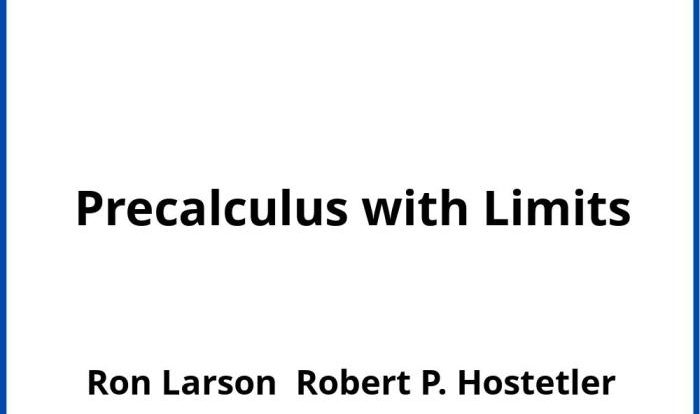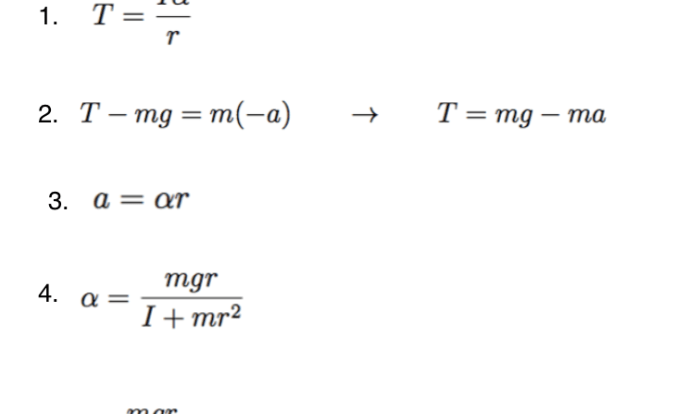Elementary number theory james k. strayer – Embark on a captivating journey into the realm of elementary number theory with James K. Strayer’s comprehensive guide. This foundational branch of mathematics unravels the mysteries of numbers, their properties, and their intricate relationships, providing a gateway to a world of problem-solving and intellectual discovery.
From the ancient Greeks to modern-day cryptography, elementary number theory has played a pivotal role in shaping our understanding of the world around us. Strayer’s lucid explanations and engaging examples illuminate the concepts, methods, and applications of this fascinating field, making it accessible to both students and enthusiasts alike.
1. Elementary Number Theory Introduction

Elementary number theory is a branch of mathematics that deals with the study of the properties of integers. It is one of the oldest and most fundamental branches of mathematics, with roots in ancient civilizations such as Babylonia, Egypt, and Greece.
Elementary number theory has many applications in other fields, such as cryptography, computer science, and physics. It is also used in a variety of everyday situations, such as when we calculate the number of days in a month or the amount of money we need to buy something.
Number Systems and Properties
Number systems are used to represent numbers. The most common number system is the decimal system, which uses 10 digits (0, 1, 2, 3, 4, 5, 6, 7, 8, 9). Other number systems include the binary system (which uses 2 digits, 0 and 1), the octal system (which uses 8 digits, 0, 1, 2, 3, 4, 5, 6, 7), and the hexadecimal system (which uses 16 digits, 0, 1, 2, 3, 4, 5, 6, 7, 8, 9, A, B, C, D, E, F).
The properties of integers include divisibility, primality, and factorization. Divisibility is the property of being able to be divided by another number without leaving a remainder. Primality is the property of being divisible only by 1 and itself. Factorization is the process of finding the prime factors of a number.
Prime Numbers and Integer Factorization
Prime numbers are numbers that are divisible only by 1 and themselves. The first few prime numbers are 2, 3, 5, 7, 11, 13, 17, 19, 23, and 29.
Integer factorization is the process of finding the prime factors of a number. Integer factorization is a difficult problem, and there is no known algorithm that can solve it in polynomial time.
Congruences and Number Theory Applications, Elementary number theory james k. strayer
Congruences are equations that are true only when the remainder of the left-hand side divided by the right-hand side is 0. Congruences are used in a variety of applications, such as cryptography, computer science, and physics.
One of the most important applications of congruences is in cryptography. Cryptography is the study of how to keep information secret. Congruences are used in cryptography to create encryption algorithms that are difficult to break.
Diophantine Equations
Diophantine equations are equations that have integer solutions. Diophantine equations are named after the Greek mathematician Diophantus, who studied them in the 3rd century AD.
Diophantine equations are used in a variety of applications, such as number theory, cryptography, and computer science.
Continued Fractions
Continued fractions are a way of representing rational numbers as a series of fractions. Continued fractions are used in a variety of applications, such as number theory, cryptography, and computer science.
Continued fractions are also used in a variety of mathematical proofs. For example, continued fractions are used to prove that the square root of 2 is irrational.
FAQ Insights: Elementary Number Theory James K. Strayer
What is the significance of prime numbers?
Prime numbers are the building blocks of all natural numbers and play a crucial role in number theory. They are essential for understanding the distribution of numbers, solving Diophantine equations, and developing cryptographic algorithms.
How are Diophantine equations used in practice?
Diophantine equations have applications in cryptography, coding theory, and computer science. For example, they are used to solve problems related to public-key cryptography and error-correcting codes.



